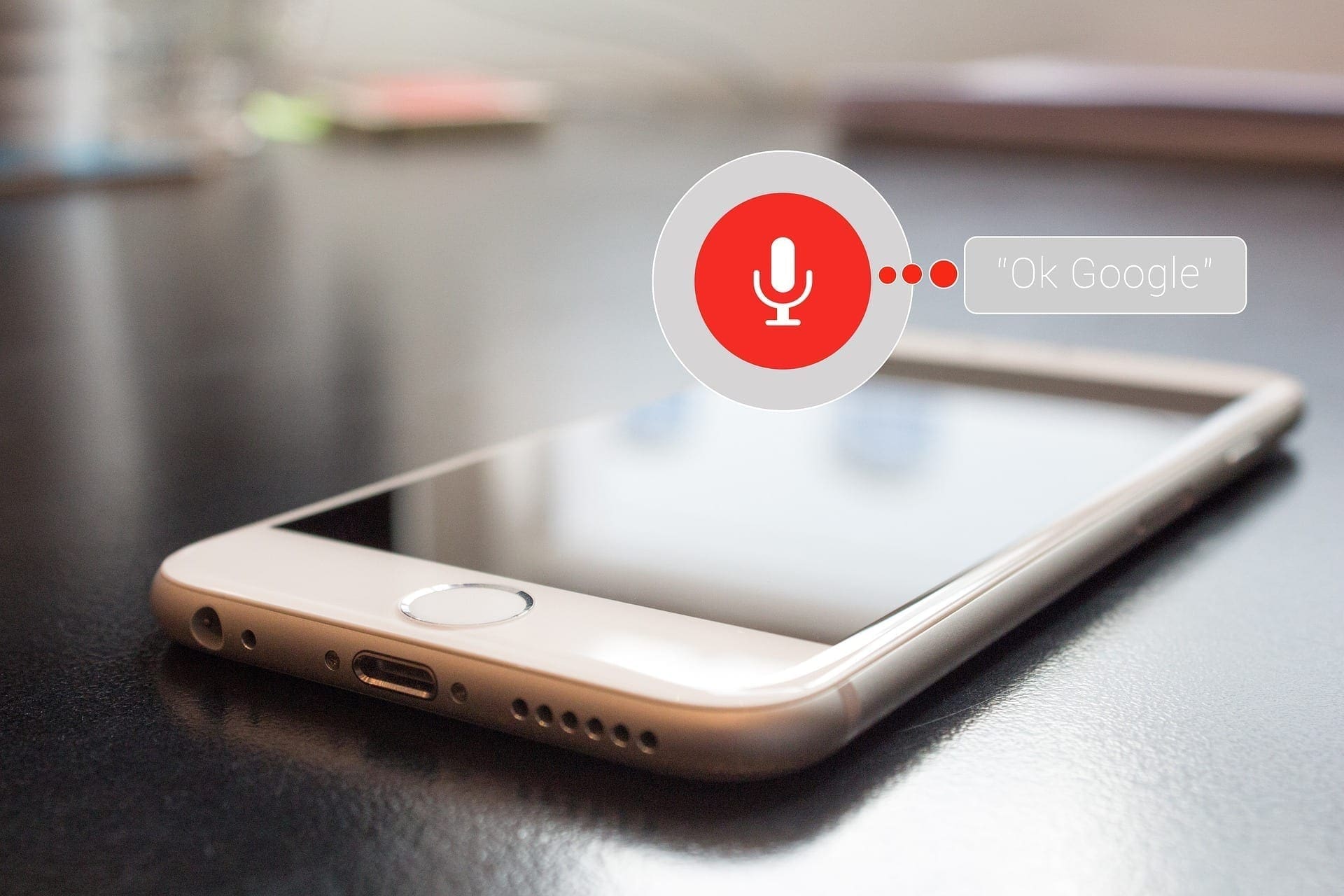
By Jon Arnold for Search Unified Communications
The topic of speech recognition vs. voice recognition is a great example of two technology terms that appear to be interchangeable at face value but, upon closer inspection, are distinctly different.
The words speech and voice can absolutely be used interchangeably without causing confusion, although it’s also true they have separate meanings. Speech is obviously a voice-based mode of communication, but there are other modes of voice expression that aren’t speech-based, such as laughter, inflections or nonverbal utterances.
Things become more nuanced when you add recognition to both speech and voice. Now, we enter the world of automatic speech recognition (ASR), which is where we tap into applications expressly tailored to extract specific forms of business value from the spoken word. I’ll briefly explain speech recognition vs. voice recognition to illustrate the differences between the two.
Speech recognition focuses on translating what’s said
Speech recognition is where ASR provides rich business value, both for collaboration and contact center applications. The key application here would be speech to text, where the objective is to accurately translate spoken language into written form — a common use case. In its most basic form, ASR’s role is to accurately capture — literally — what was said into text.
More advanced forms of ASR — namely, those harnessing natural language understanding and machine learning — inject AI to support features that go beyond literal accuracy. The objective here is to mitigate the ambiguity that naturally occurs in speech to ascribe intent, where the context of the conversation helps clarify what is being said. Without this, even the most accurate speech-to-text applications can easily generate output that is laughably off the mark from what the speaker is actually talking about.
Voice recognition pinpoints who says what
In a narrow sense, speech recognition could also be referred to as voice recognition, and that description is perfectly acceptable so long as the underlying meaning is clearly understood. However, for those working in speech technology circles, there is a critical distinction between speech recognition vs. voice recognition. Whereas speech recognition pertains to the content of what is being said, voice recognition focuses on properly identifying speakers, as well as ensuring that whatever they say is accurately attributed. In terms of collaboration, this capability is invaluable for conferencing, especially when multiple people are speaking at the same time. Whether the use case is for captioning so remote attendees can follow who is saying what in real time or for transcripts to be reviewed later, accurate voice recognition is now a must-have for unified communications.
In addition to collaboration, voice recognition is playing a growing role in verifying the identity of a speaker. This is a critical consideration when determining who can join a conference call, whether they have permission to access computer programs or restricted files or are authorized to enter a facility or controlled spaces. In cases like these, voice recognition is not concerned with speech itself or the content of what is being said; rather, it’s about validating the speaker’s identity. To that end, it might be more accurate to think of voice recognition as being about speaker recognition, as this is an easier way to distinguish it from speech recognition.
Visit our friends over at TranscriptionGear to get the rest of what you need! From headsets to foot pedals, they have you covered.








